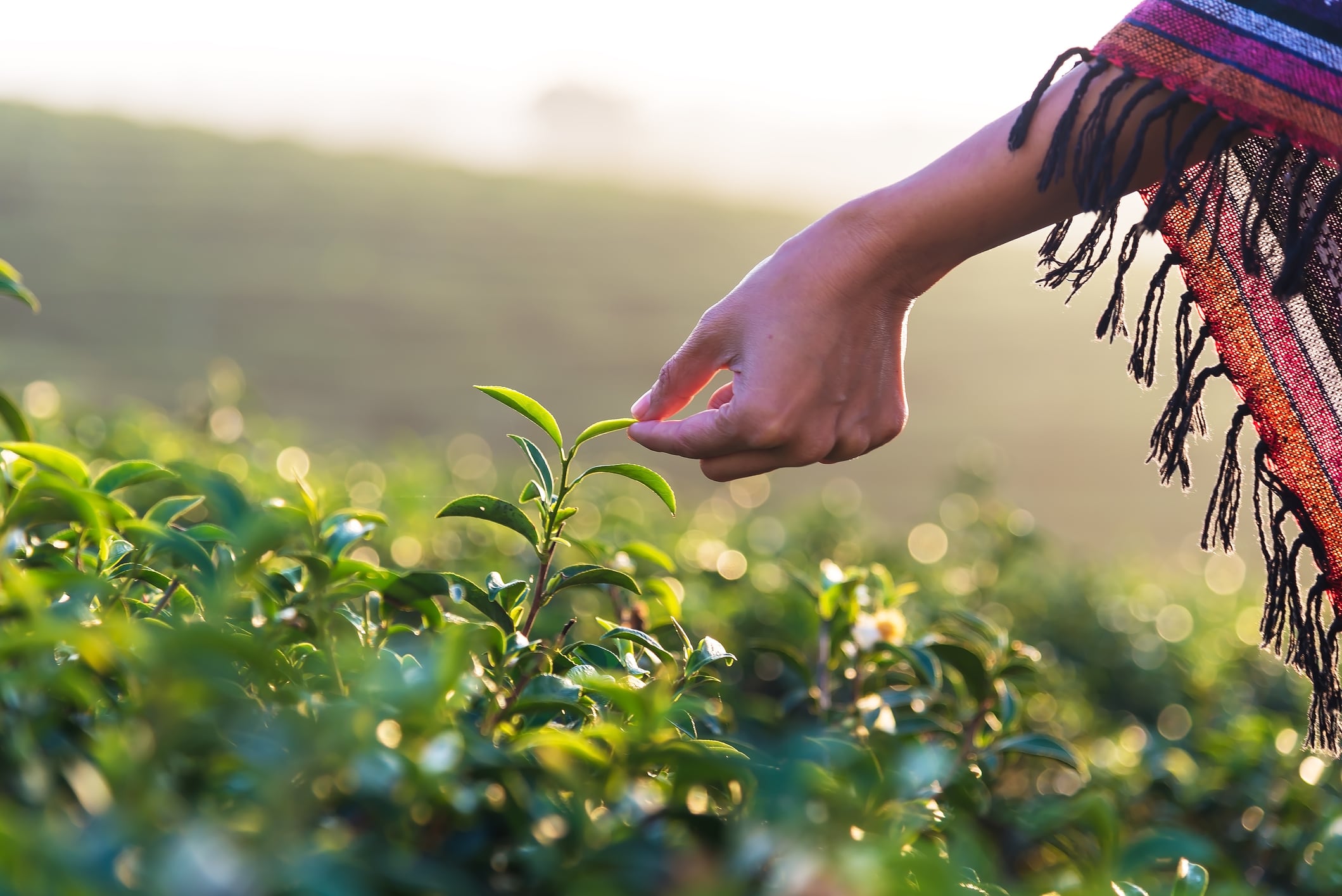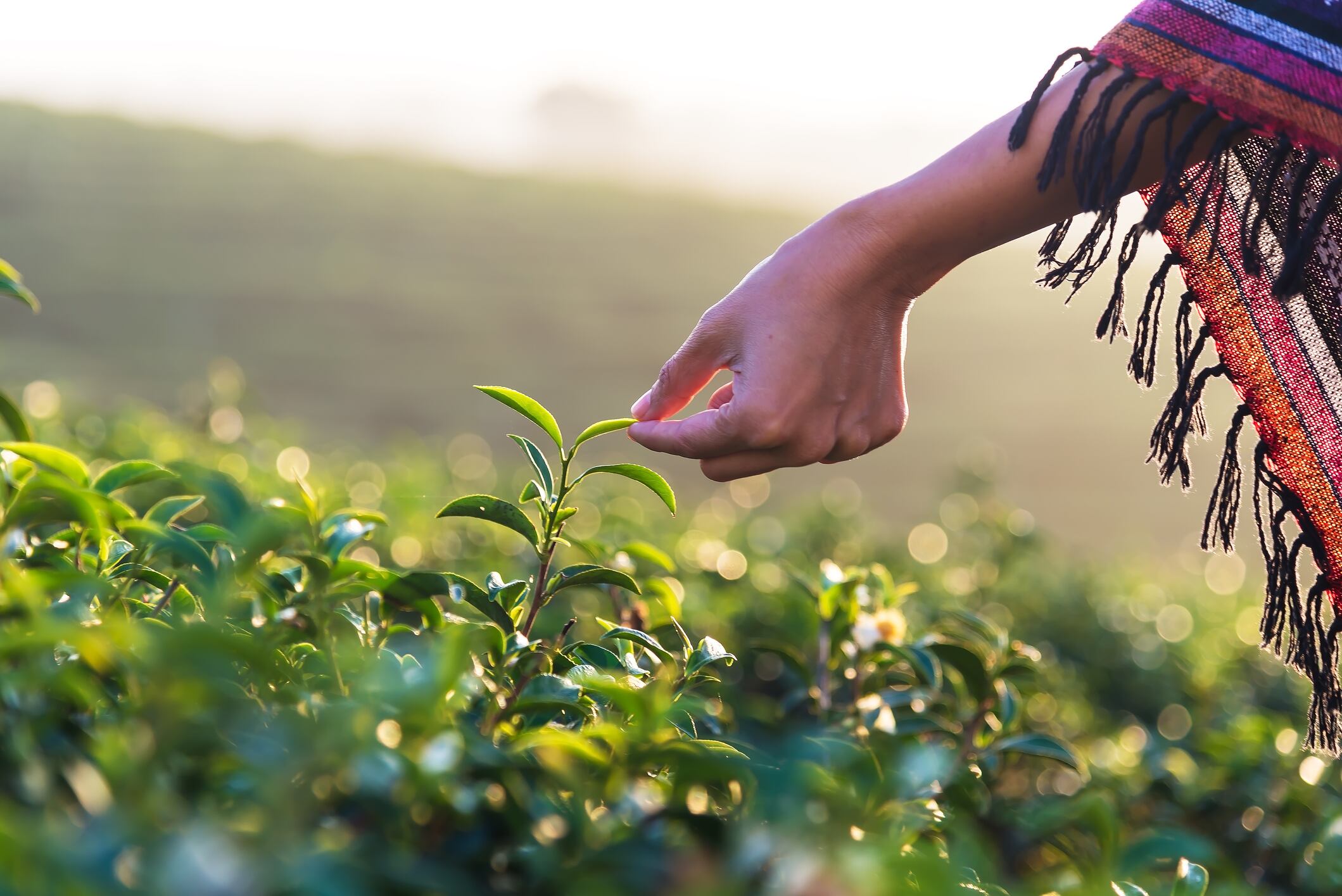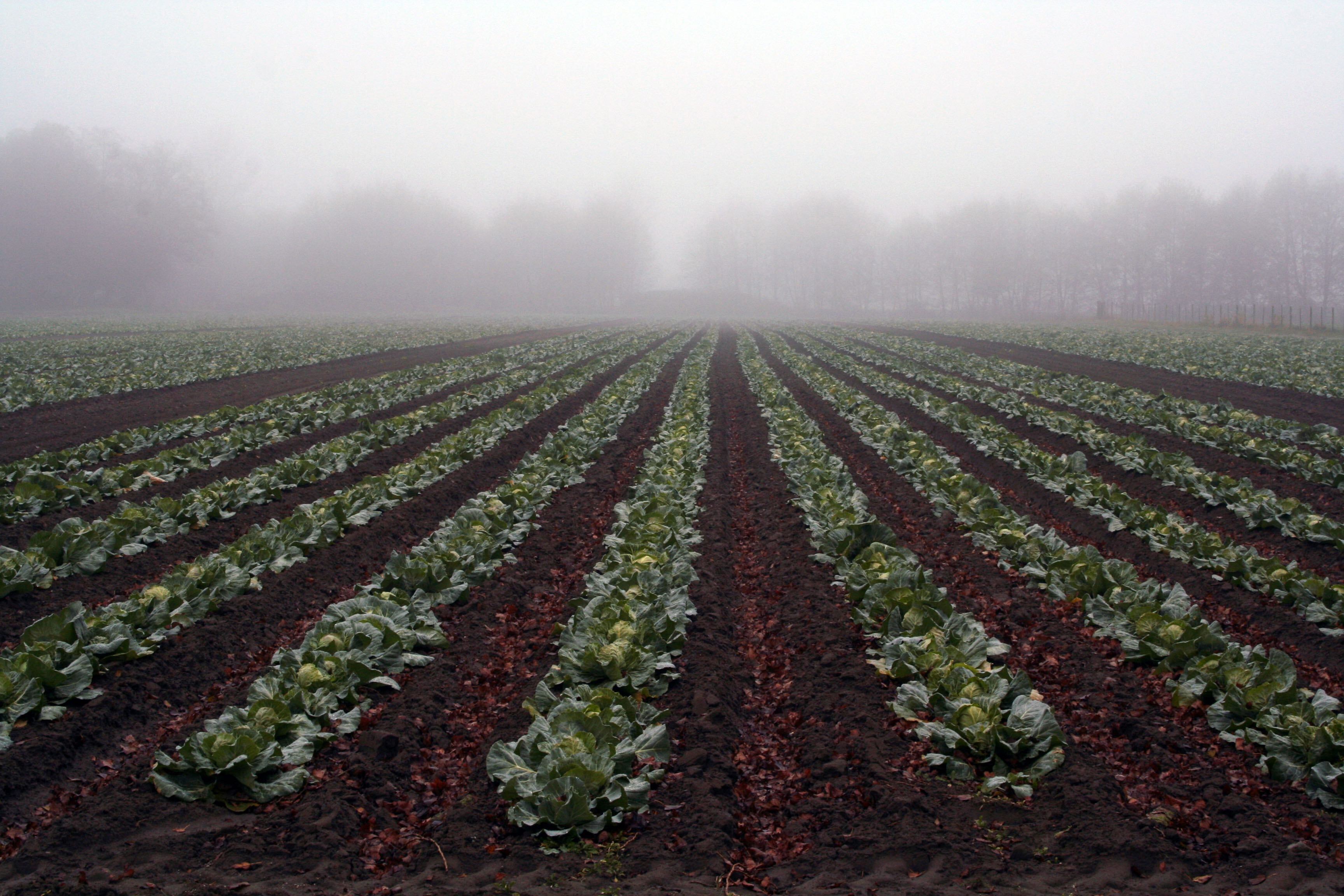The paper, formally published last week in the journal Food and Chemical Toxicology, gathered information on 182 pesticides that are in use around the world. The intent of the paper was to demonstrate that enough information exists on these pesticides to develop reasonable maximum allowable limits on these substances in botanical ingredients.
“This has been a topic we’ve been looking into for a while,” said Rebecca Adams, NSF senior toxicologist and one of the paper’s authors. “The first really big hurdle was to identify the data that we needed to obtain.”
Issue of long standing
The issue has been on the slates of a number of different dietary supplement industry stakeholder organizations in recent years. Regulations for botanical dietary ingredients in the US are not in line with regulations for straight food ingredients in terms of what levels of certain pesticides are considered safe.
In the absence of specific callouts for supplements, the allowable levels revert to a zero tolerance policy. In other words, a supplement ingredient shipment with a detectable trace of a pesticide might be subject to seizure, while that same trace level might be tolerated in an ingredient shipment meant for a food.
The American Herbal Products Association has noted that pesticide limits set by the US Environmental Protection Agency apply mostly to food crops and were written on a crop-by-crop basis. This unfairly burdens the producers and importers of the kind of minor crops that form the basis of botanical ingredient supply, because these crops end up having to meet stricter pesticide limits than do major food ingredient streams.
The paper that Adams co-authored gathers information on the 182 pesticides in an attempt to construct a logical framework for evaluating trace limits in botanical ingredients. A key point to consider is that most botanical supplement ingredients are typically ingested at only small quantities, microgram to milligram amounts, whereas food ingredients are often consumed in servings of tens of grams to more than 100 grams.
Another key issue is that those zero tolerance limits assume that if a trace of a pesticide is found in a botanical ingredient shipment, it is there because the farmer put it there. The existing regulatory structure does not easily accommodate incidental exposures.
Adams said the authors had to make many decisions along that way about which data to rely on.
Multiple data sets consulted
“There isn’t one database that has all of the health effects data,” Adams said. “We made every effort to find the most recent document. Some documents might have referenced a future assessment and we couldn’t find that assessment, which could mean it was never done or was not filed.”
The methodology proposed in the paper for using existing toxicological data to derive maximum allowable limits for supplement ingredients could reduce the current reliance on zero tolerance limits, the paper’s authors said.
“Current US, Canadian and EU pesticide regulations are insufficient to address the potential risk associated with exposure to pesticide residues in or on botanical dietary ingredients in dietary supplements. The current study utilized human health effects criteria derived by US and international authoritative-bodies to develop chemical-specific, science-informed MALs that can be applied to all food commodities, including botanical dietary ingredients,” the authors wrote.
Adams said NSF has received feedback in the time since the paper’s data has been publicly available (it was available in electronic form starting in November). The authors acknowledged that their approach runs counter to some already-harmonized international regulations.
“All in all we have received generally positive feedback,” she said.
Source: Food and Chemical Toxicology
January 2019, doi.org/10.1016/j.fct.2018.11.045
“Chemical-specific maximum allowable levels for pesticide residues in dietary supplements”
Authors: Adams RE, Brickel JA, Bhat VS




